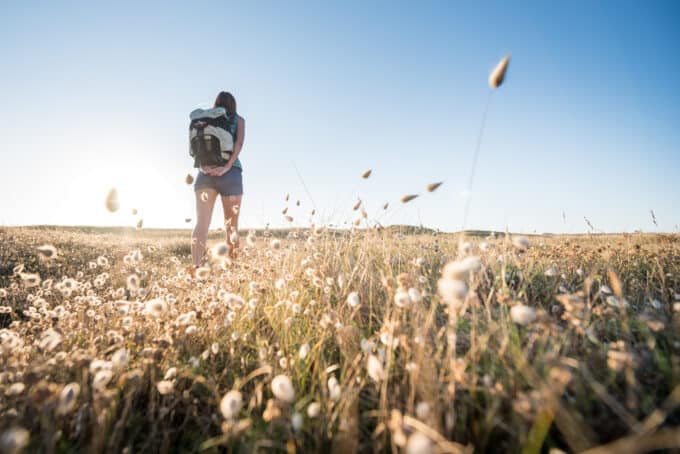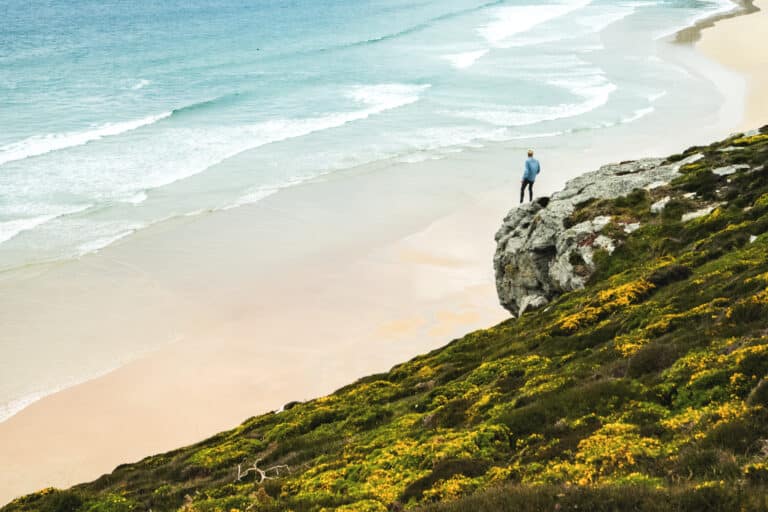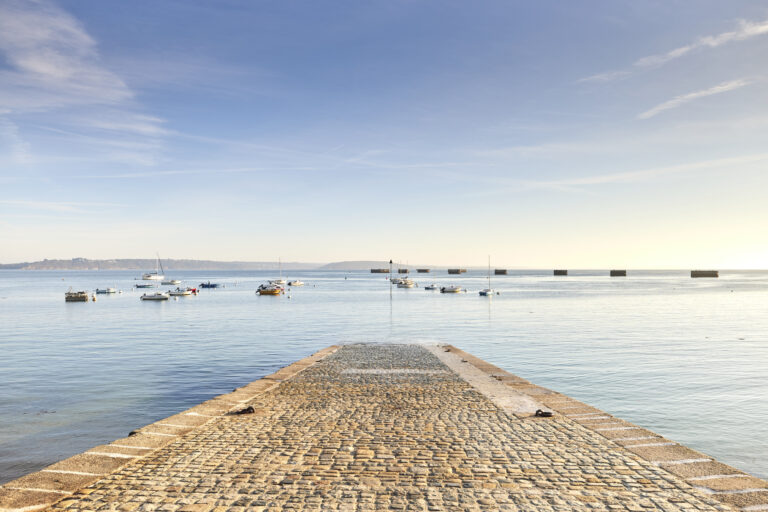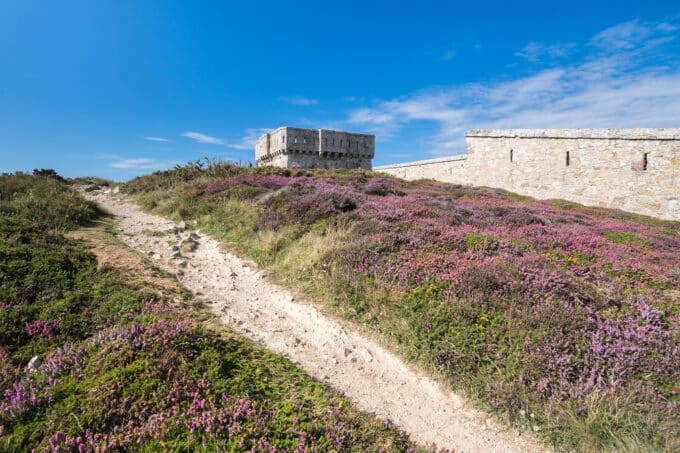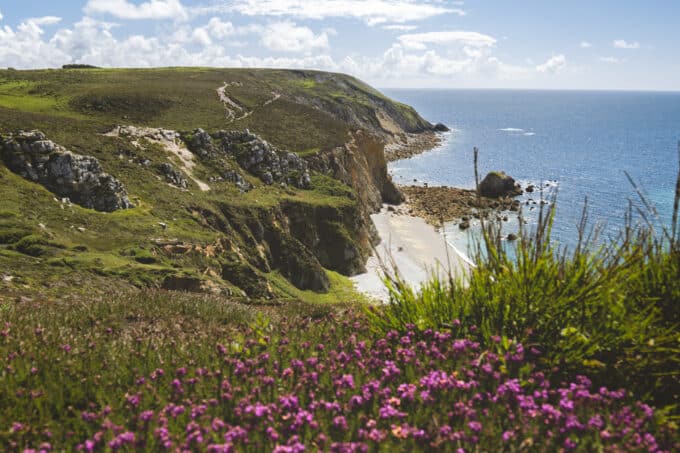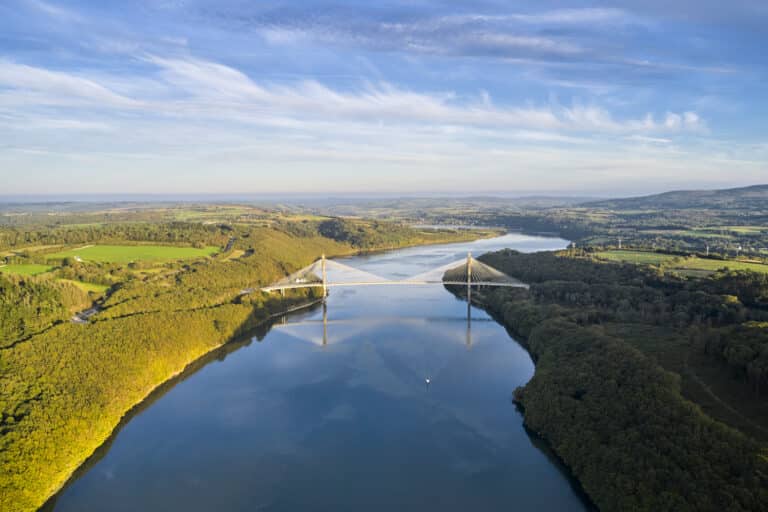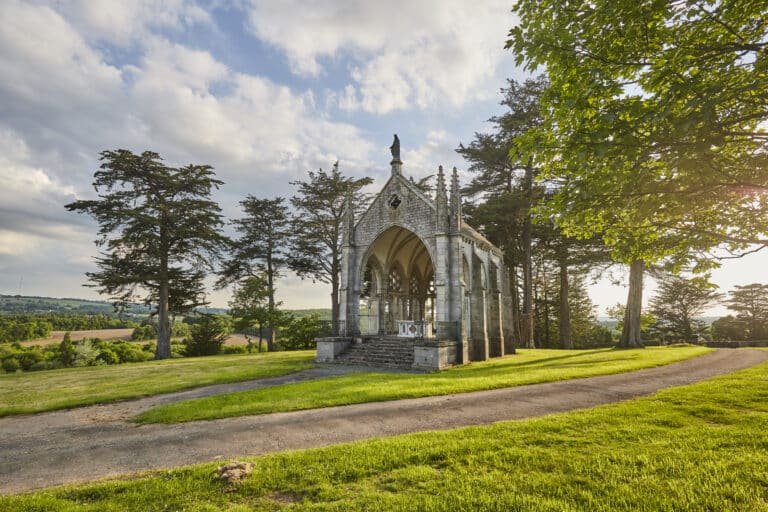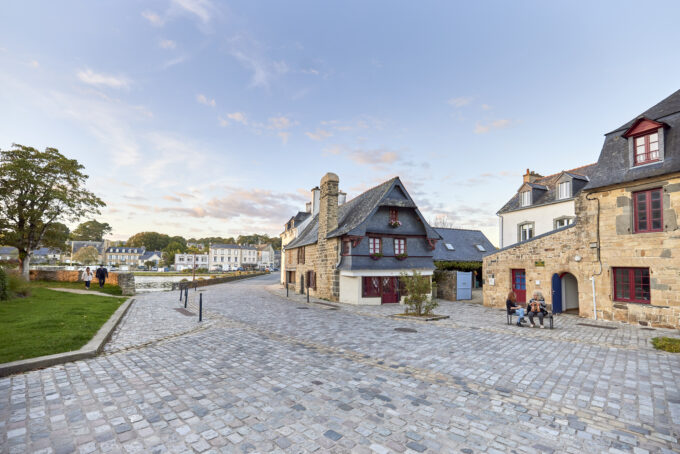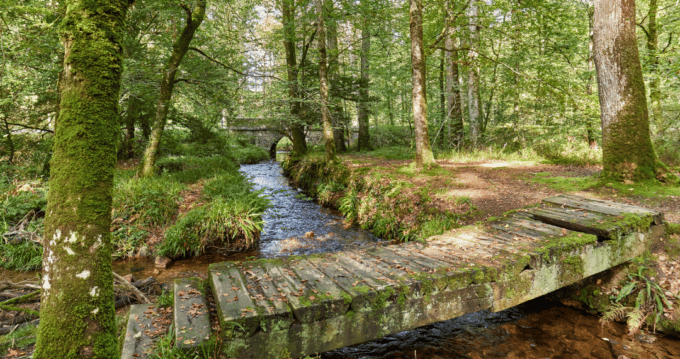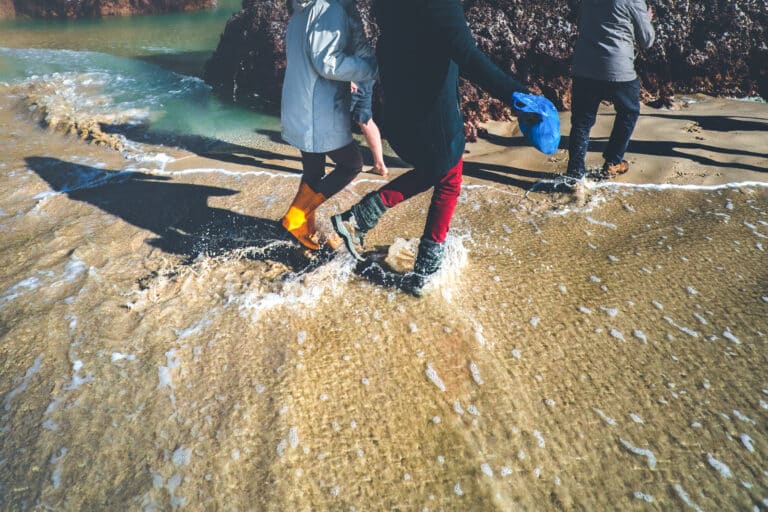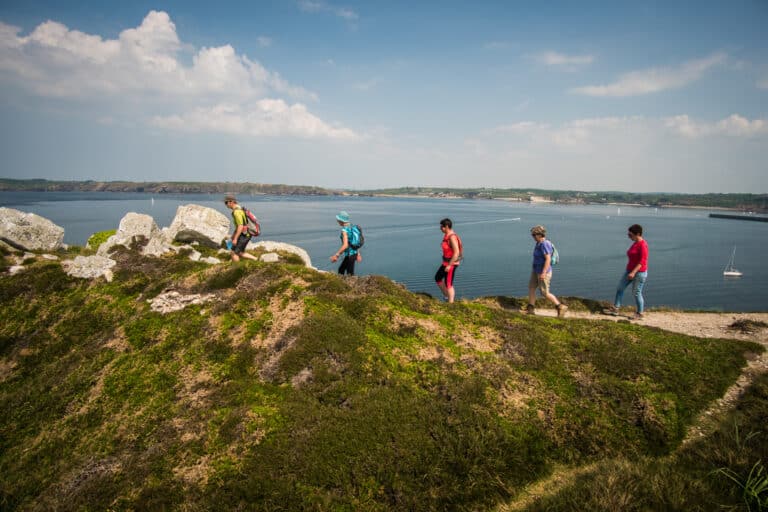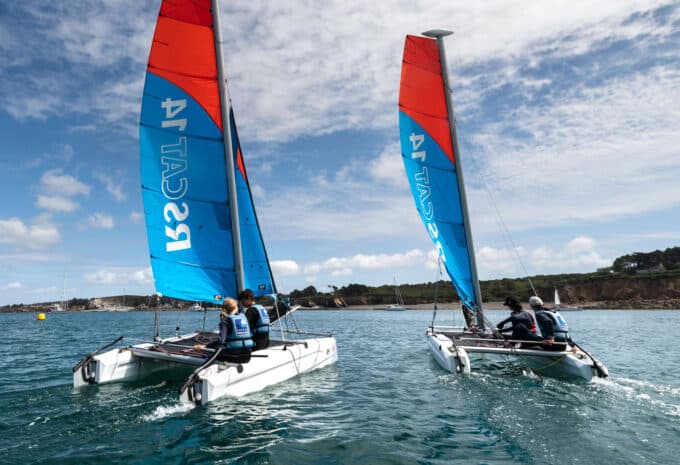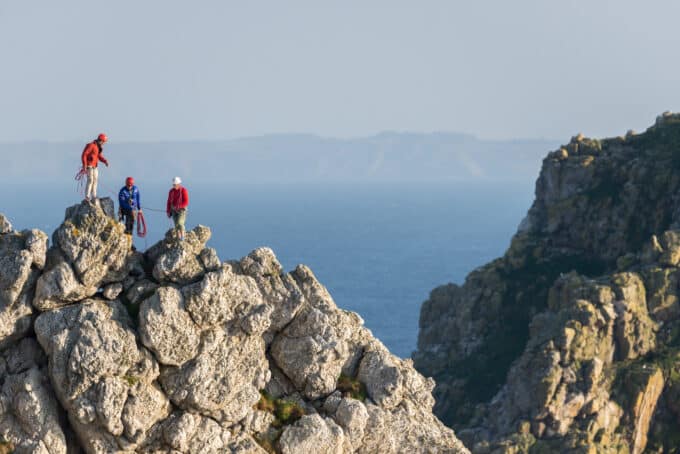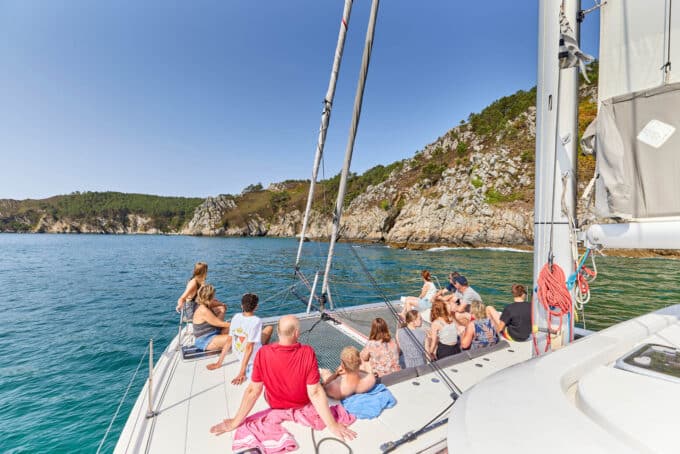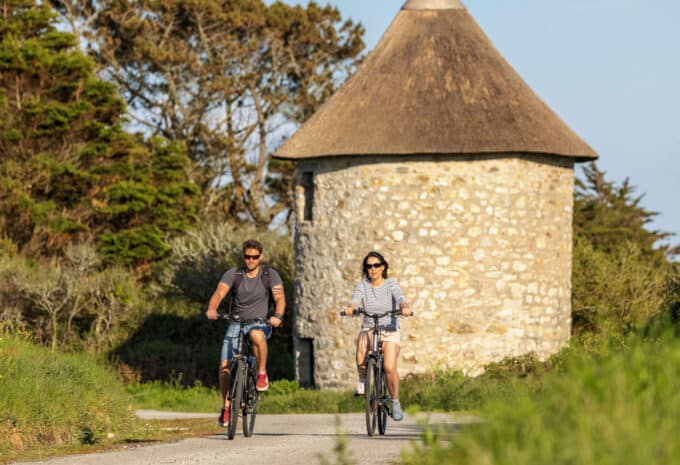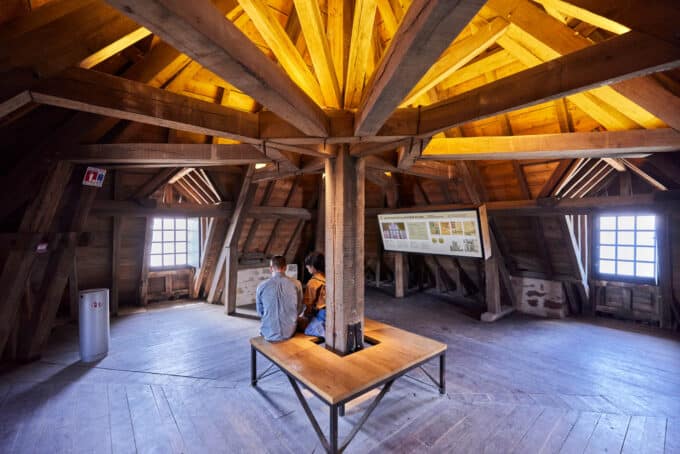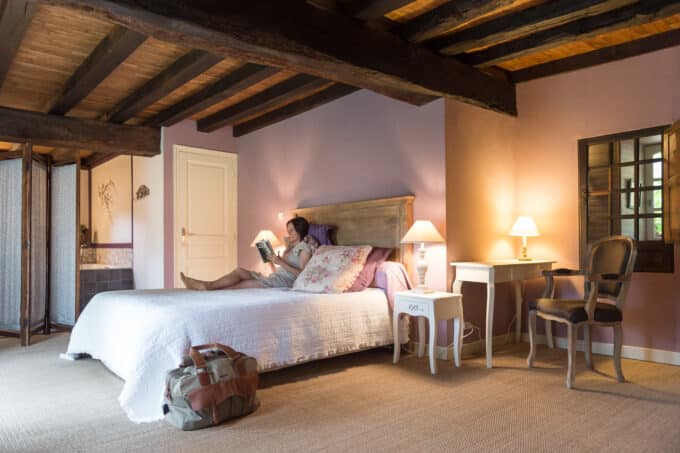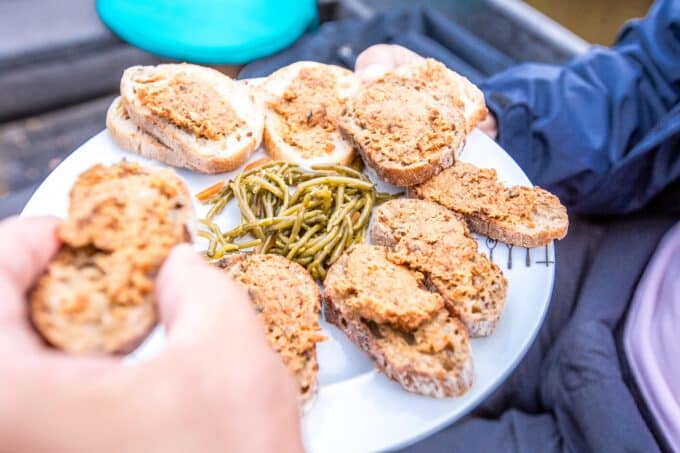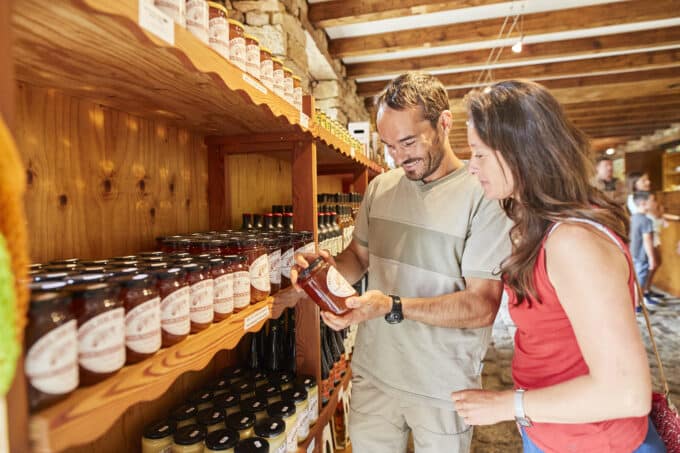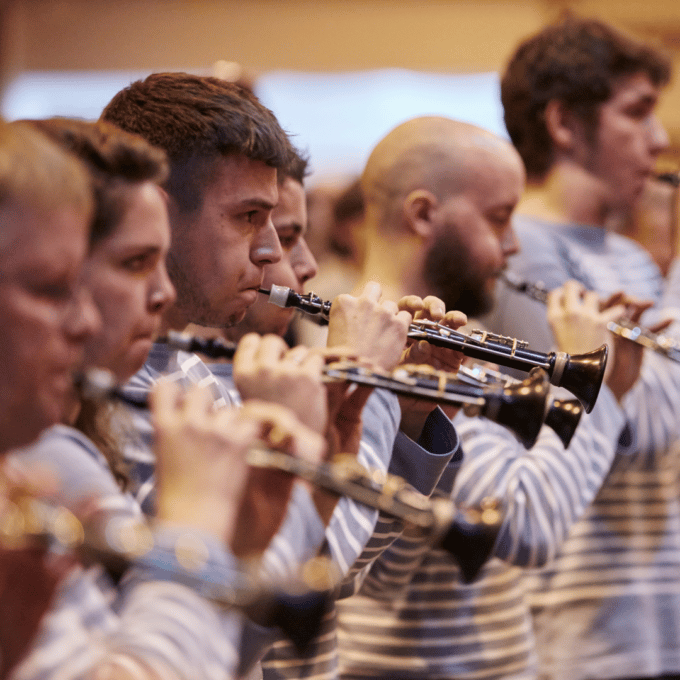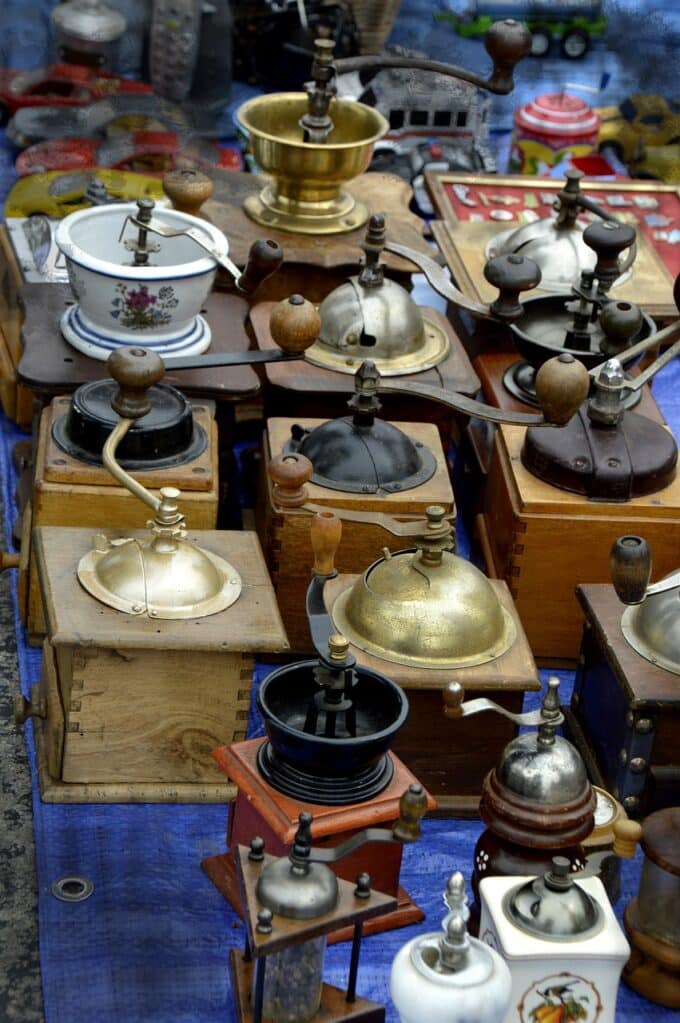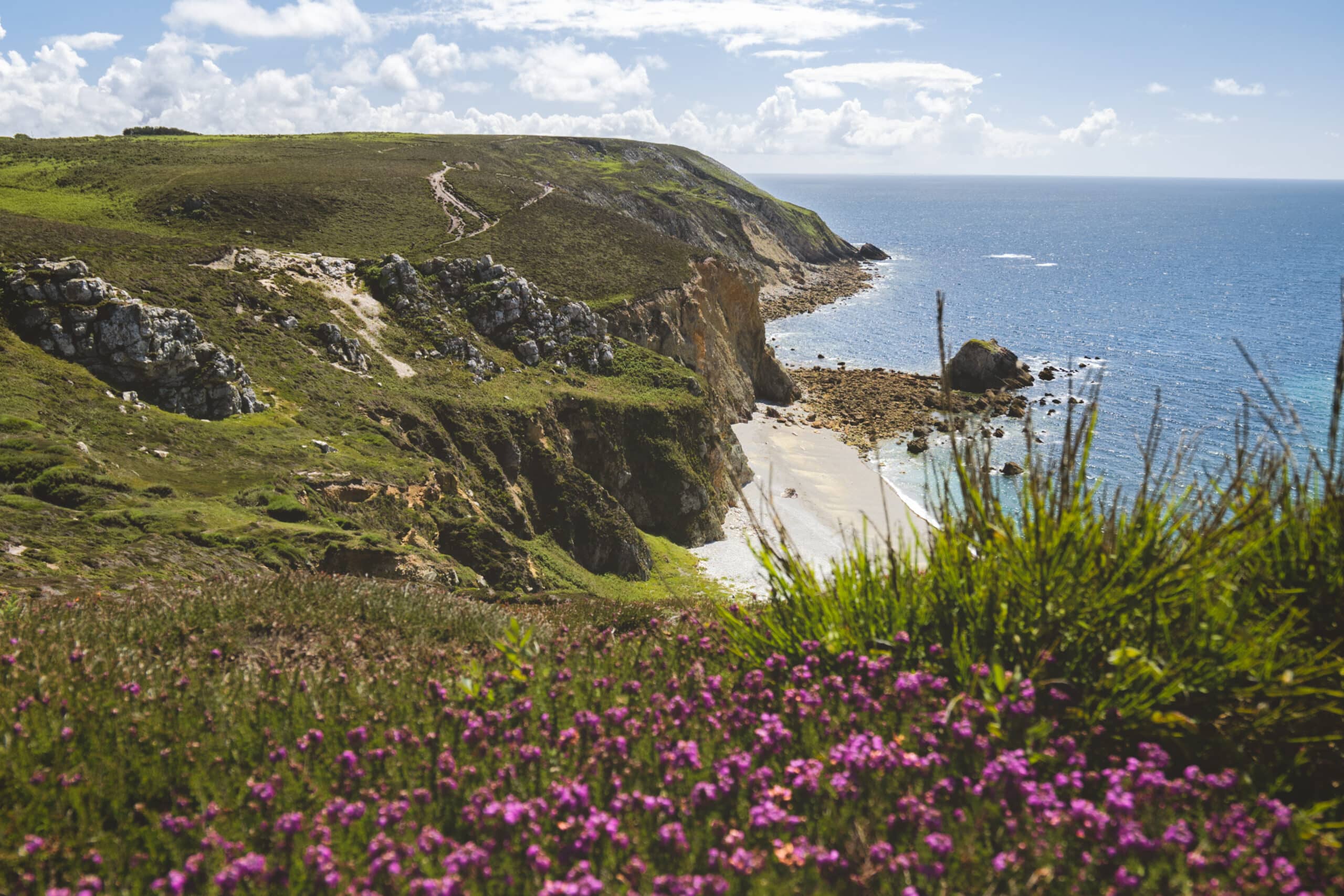The Crozon peninsula offers a variety of landscapes and natural environments that make it a true concentrate of Brittany. Beaches, shores, dunes, moors, cliffs, rivers, forests and mudflats give this region all its beauty and uniqueness. These fragile environments must be preserved to ensure the survival of the plant and animal species that inhabit them.
Brittany's most beautiful coasts
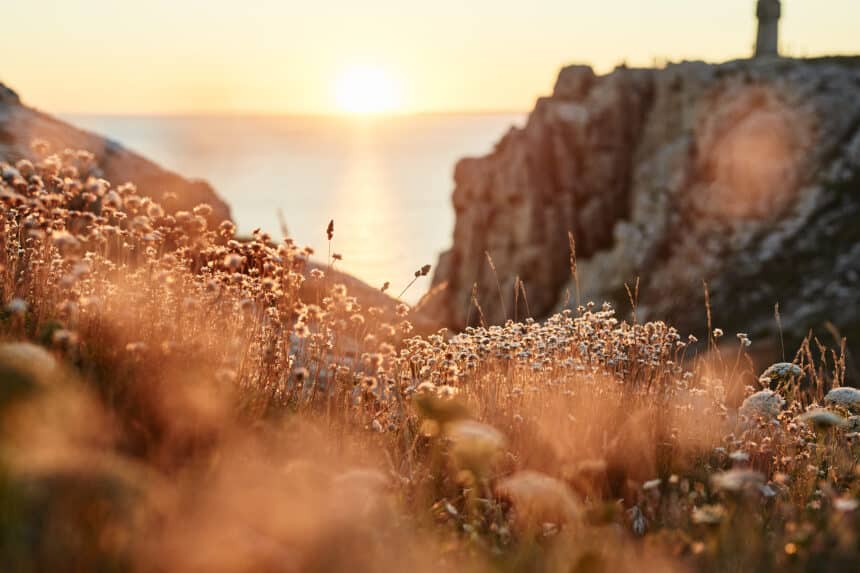
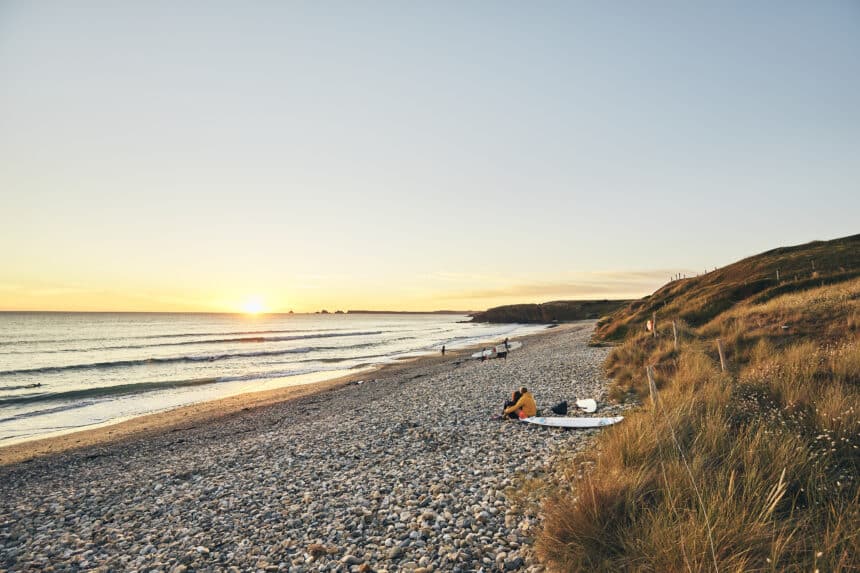
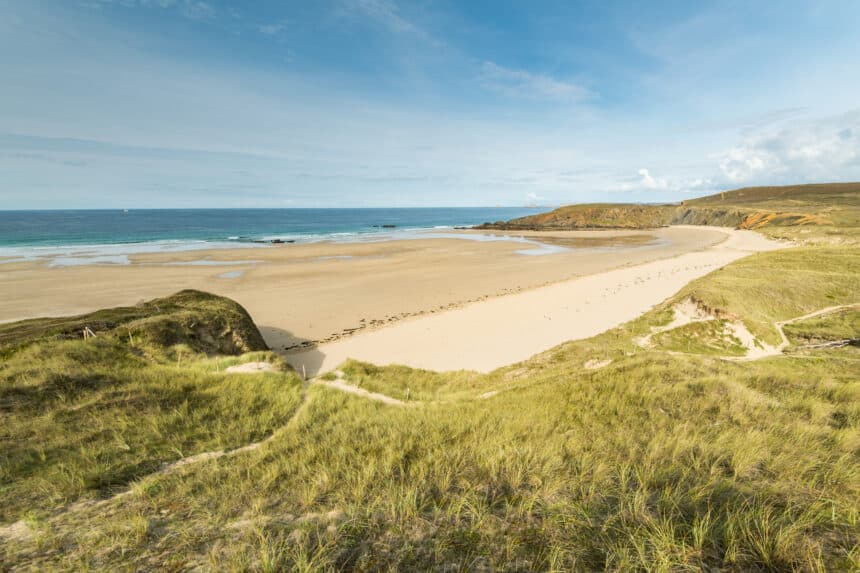
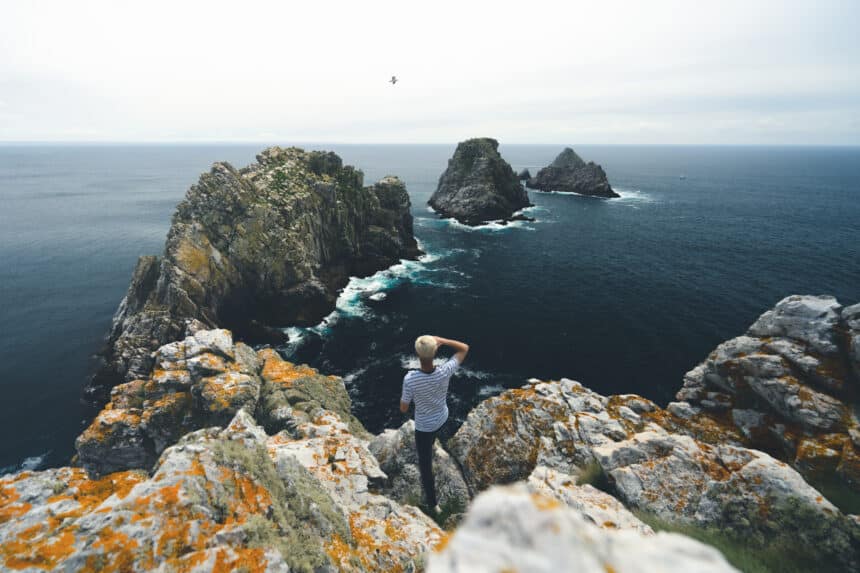
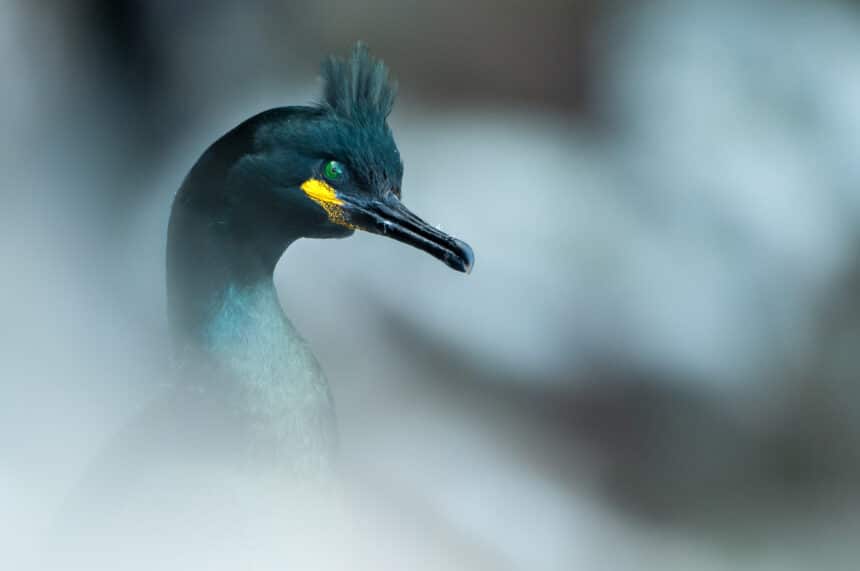
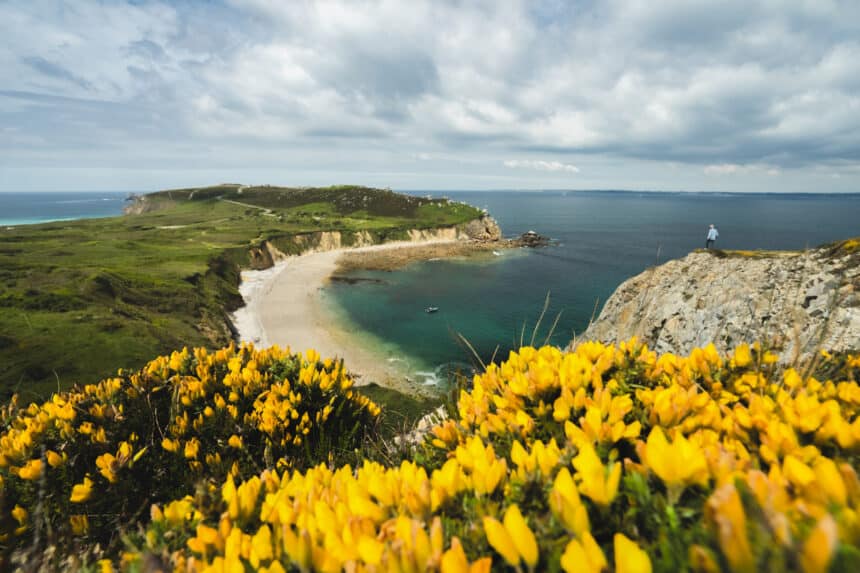
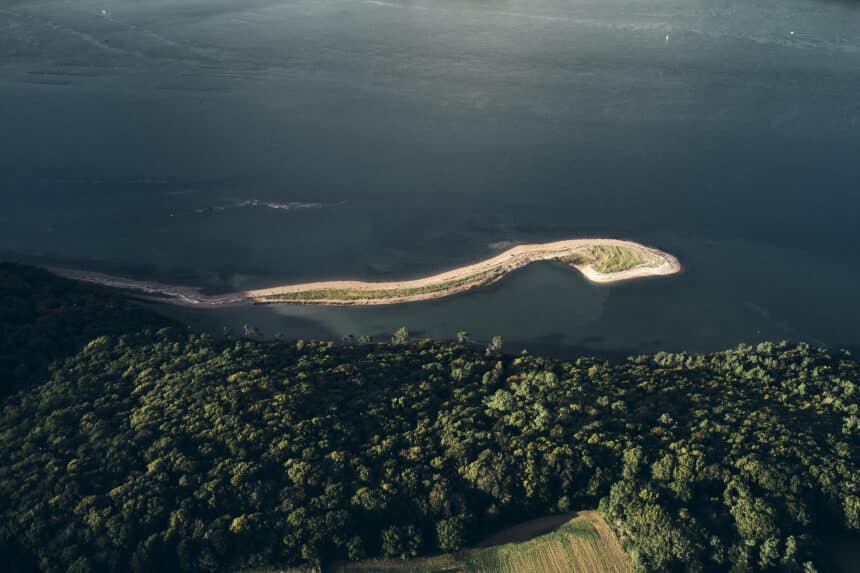
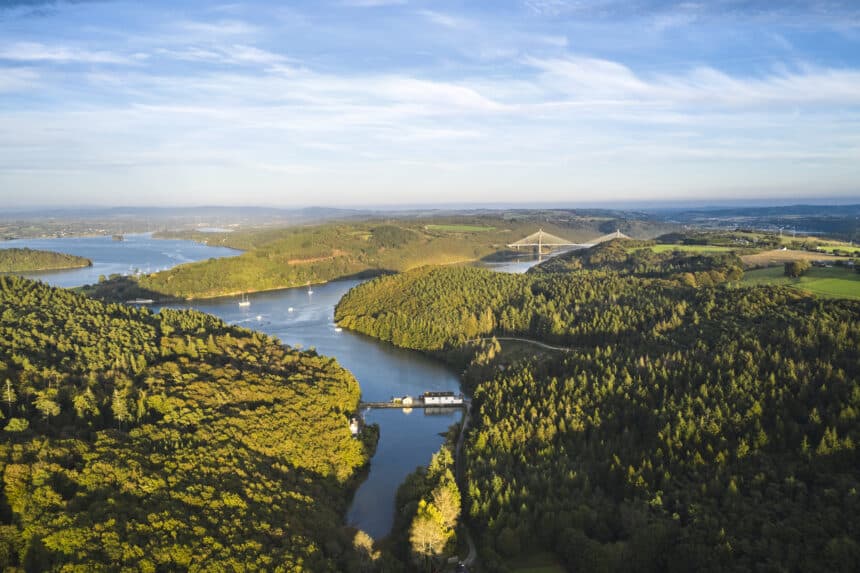
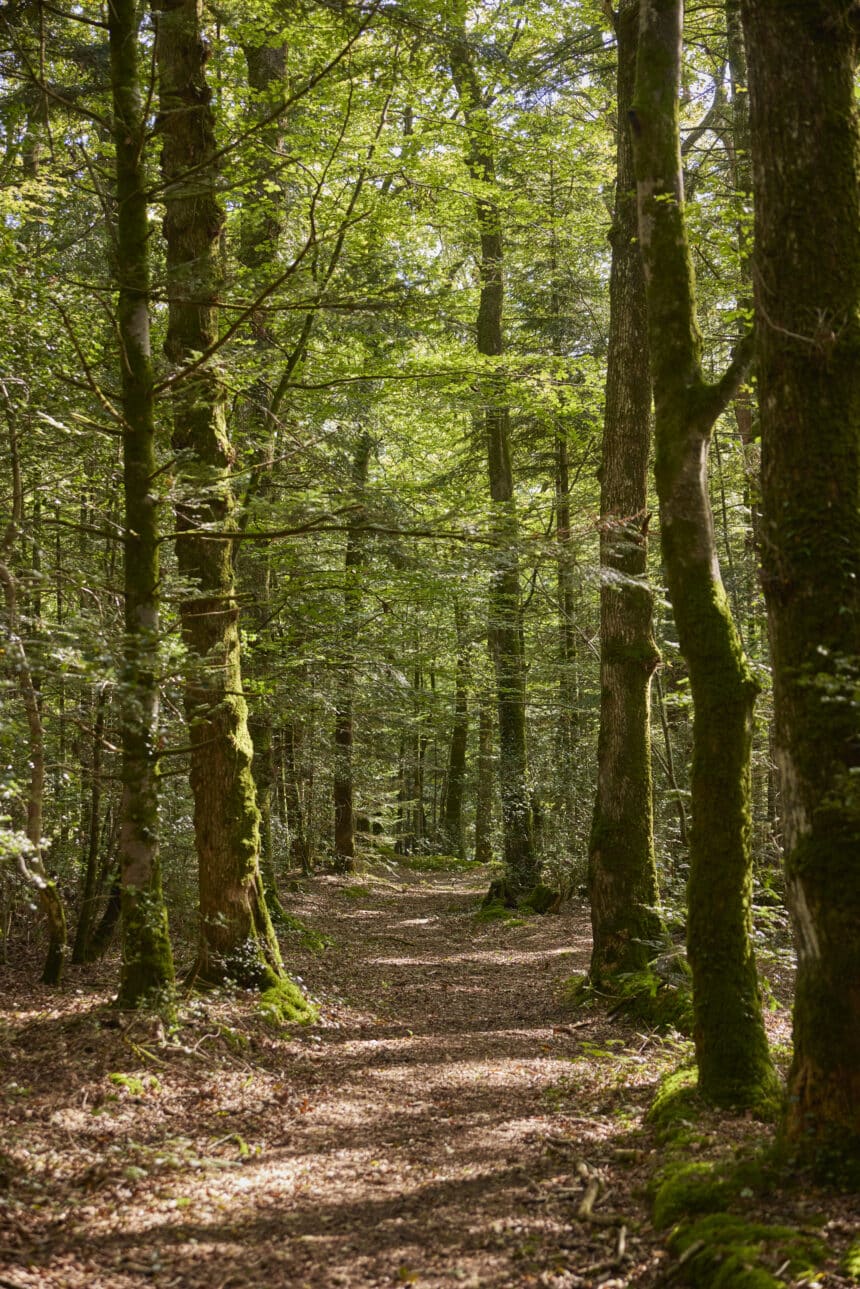
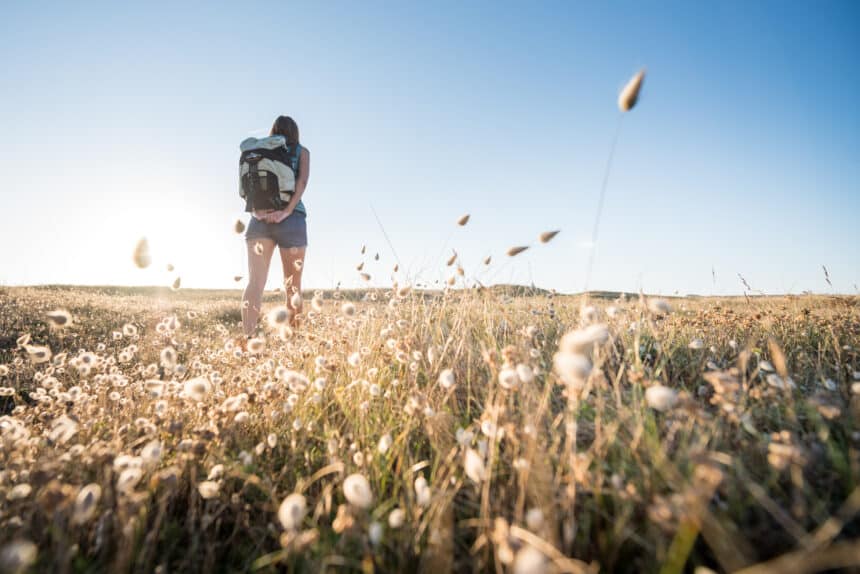

The regional nature reserve of the geological sites of the Crozon peninsula
Located in the Parc Naturel Régional d'Armorique, this nature reserve has been awarded the "Espace Remarquable de Bretagne" label and includes 27 coastal sites of geological and biological interest. The objectives of the nature reserve are to understand, protect, enhance and promote these sites. This is achieved through awareness-raising initiatives, exhibitions, events, secure access, etc.
Did you know?
The Crozon peninsula is a veritable open-air geological museum: it's a millefeuille of sedimentary rocks interspersed with volcanic rocks that have shaped this exceptional landscape.
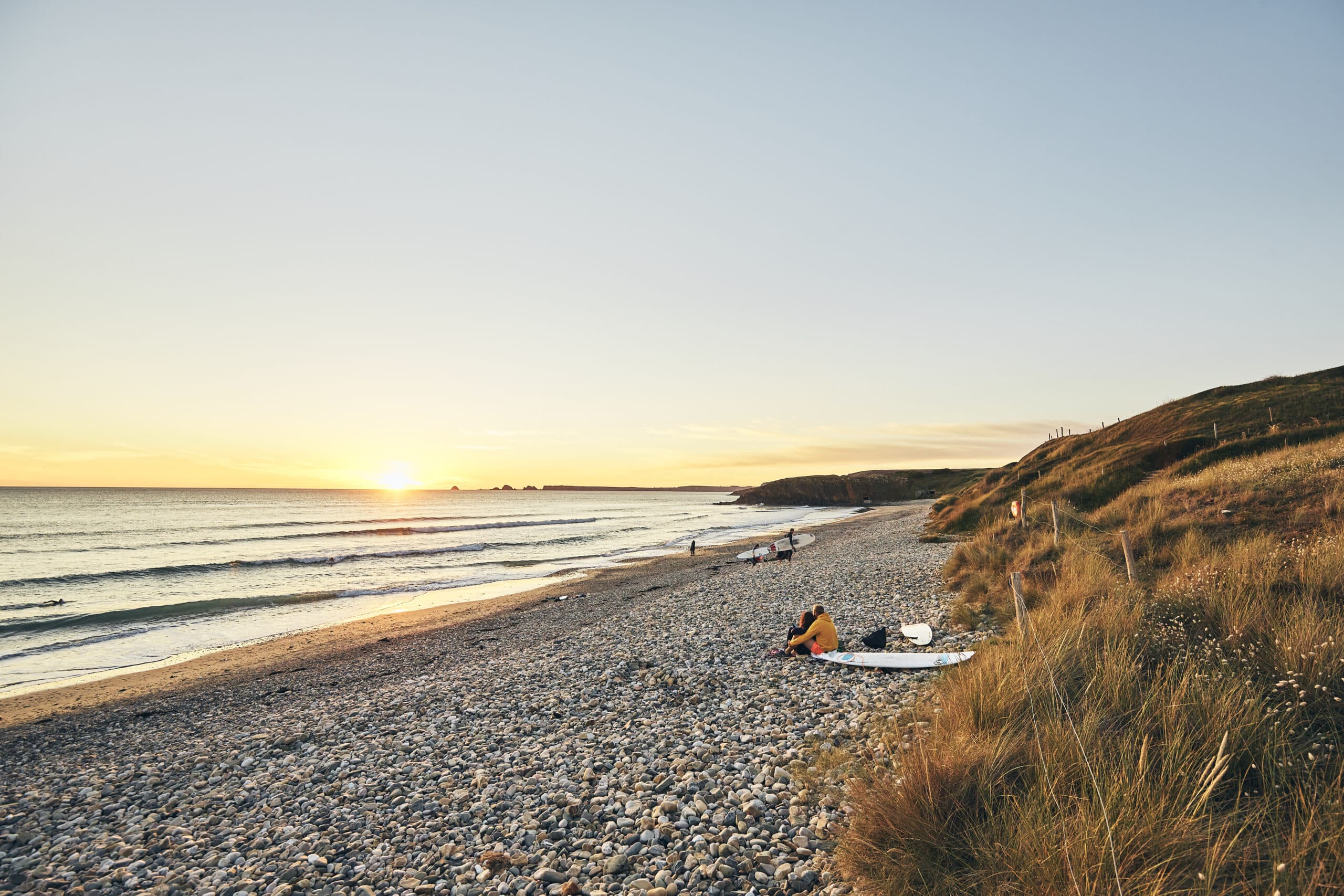
The beaches and shores of the peninsula
The Crozon peninsula boasts some of the most beautiful beaches in Brittany. Whether sandy, pebbly or made up of rocky flats, they are tide-proof and home to a rich biodiversity. The "laisse de mer", or seaweed and debris deposited by the sea, serves as a natural fertilizer for the plants that grow at the top of the beach. They are also home to sea fleas, which serve as food for seabirds.
The right gesture
Be sure to place your towel on the sand rather than on the vegetation.
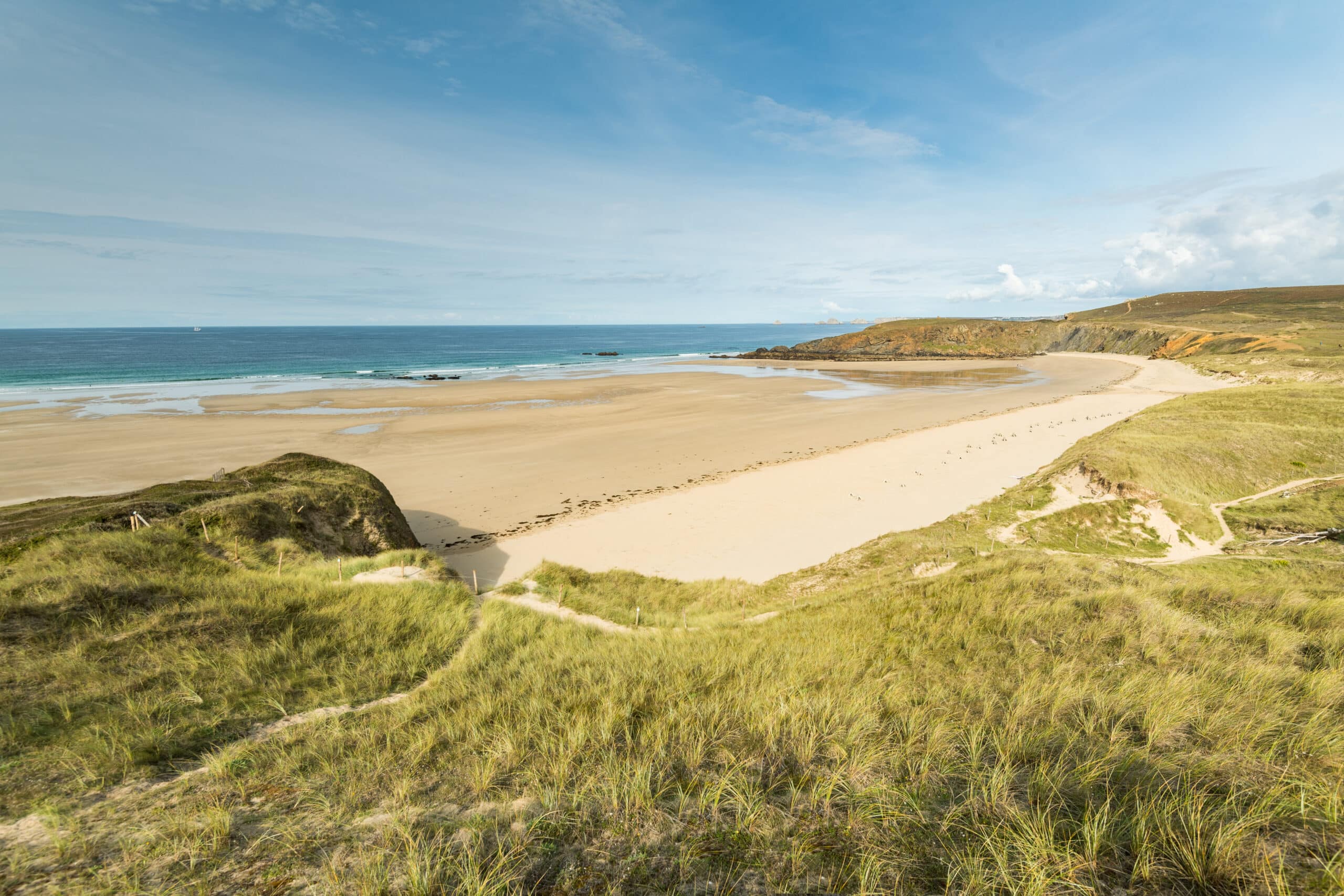
The dune, a sensitive environment to be preserved
Some of the landscapes on the Crozon peninsula are shaped by dunes. Such is the case of the Aber, Goulien, La Palue and Lostmarc'h beaches. Dunes are living environments, but fragile: that's why ganivelles are often installed to protect the vegetation from trampling and give the birds a little peace and quiet.
These areas are extremely sensitive and are protected as Natura 2000 zones to preserve biodiversity.
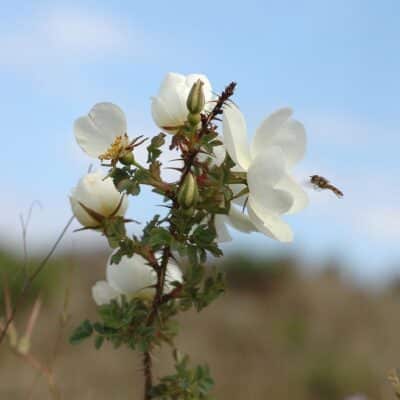
FLORA
What's that delicious fragrance that floods the dunes in spring? It's the burnet rose!
Cliffs and islets
Pointes de Pen-Hir, Pointes des Espagnols, Pointes du Guern or Pointes de Dinan, Cap de la Chèvre or Tas de Pois... These unique landscapes of the Crozon peninsula, where you feel so much like you're at the end of the world, are also sensitive natural environments. Birds find them ideal nesting grounds, as they are sheltered from predators. To preserve them, avoid moving or carrying away pebbles and minerals. We also resist the temptation to erect cairns, despite their beautiful effect on vacation photos.
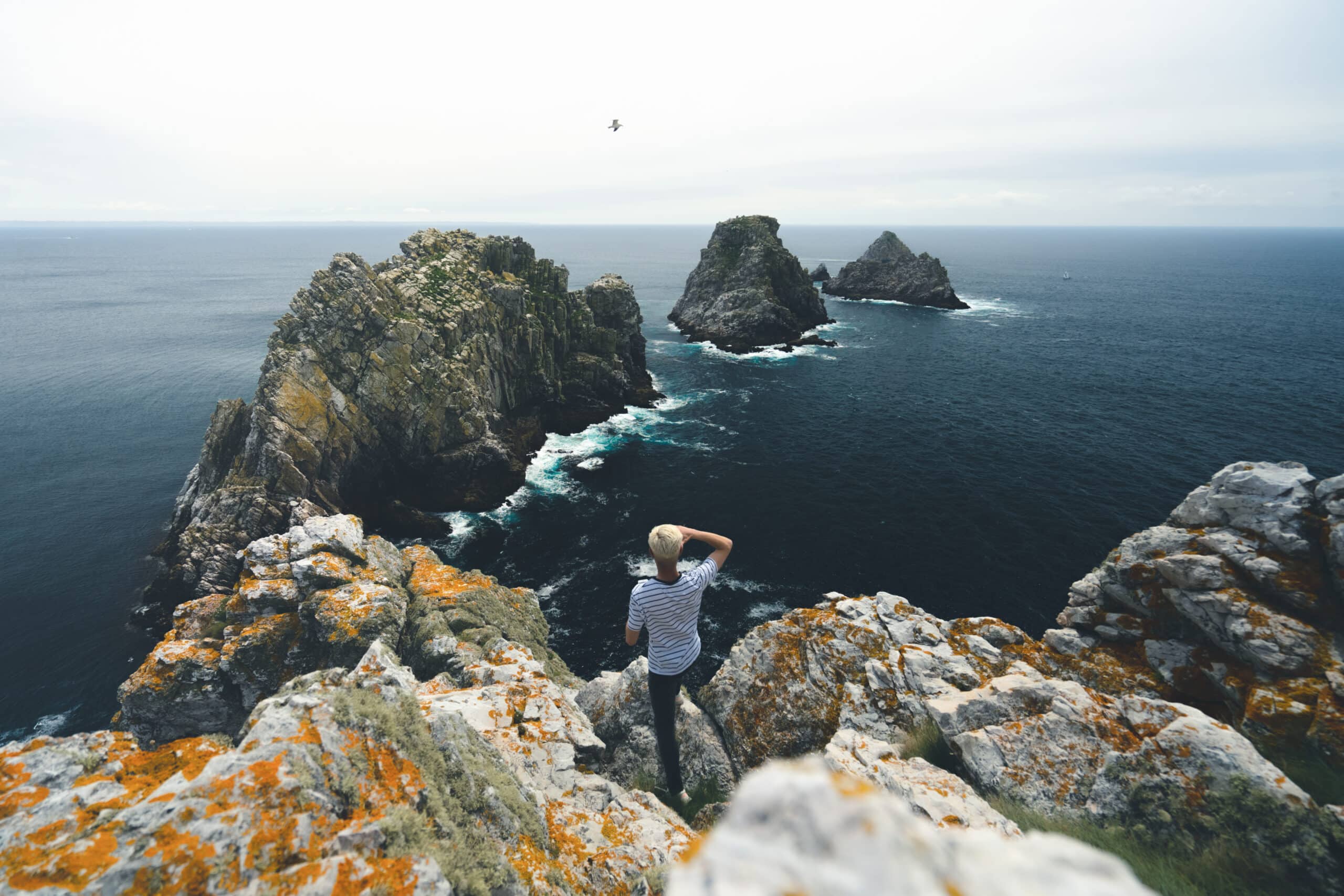
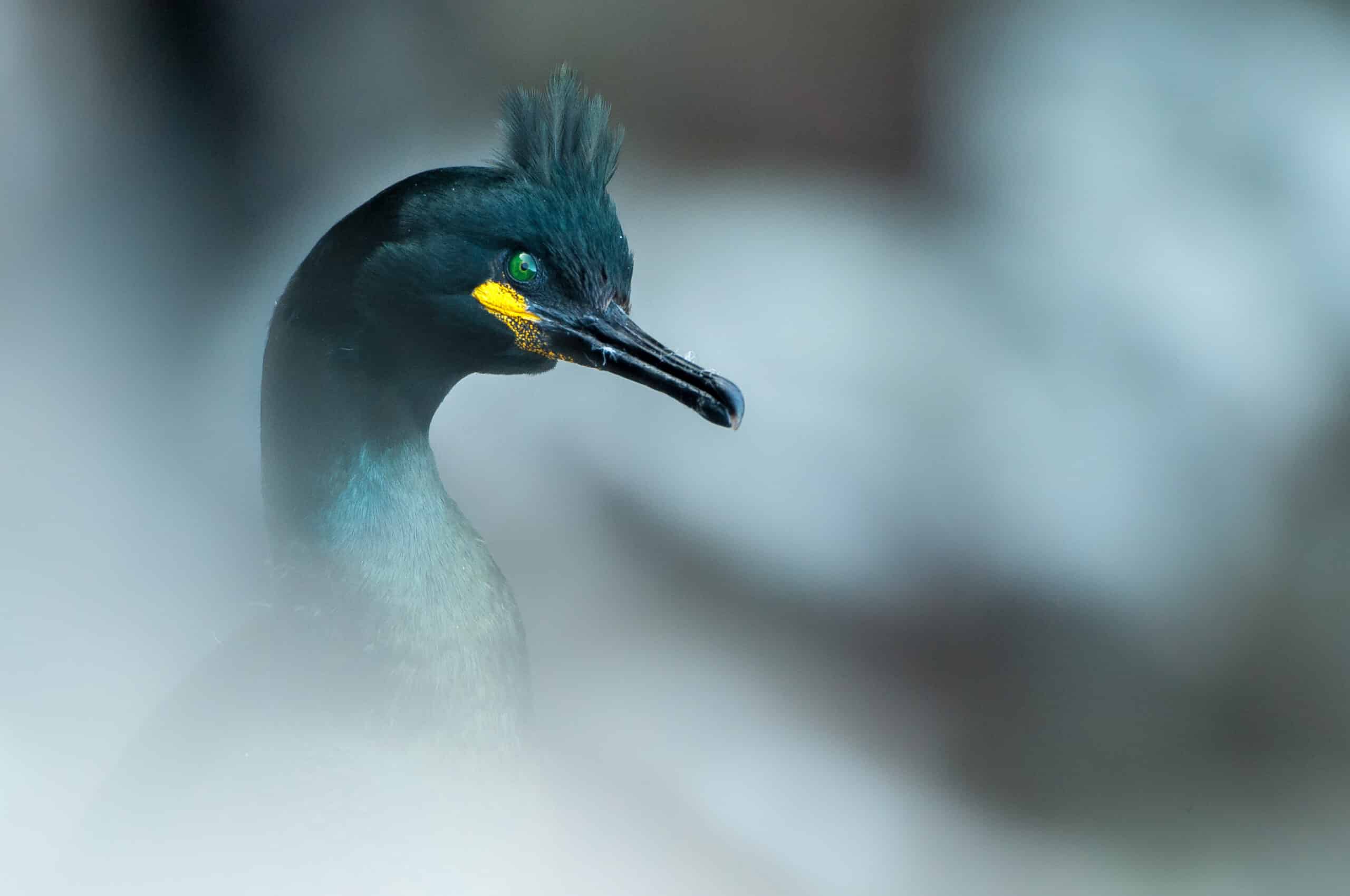
Coastal birds, princes of the sky
Keep your eyes peeled for a crested cormorant. Smaller than its cousin, the great cormorant, you'll recognize it by its hooked beak and the crest on its head.
If you look up, you'll catch a glimpse of the birds that populate the cliffs of the peninsula. Herring and Great Black-backed Gulls, Black-headed Gulls, Red-billed Crakes, Terns and Northern Gannets share the coast, feeding, sheltering and even nesting.
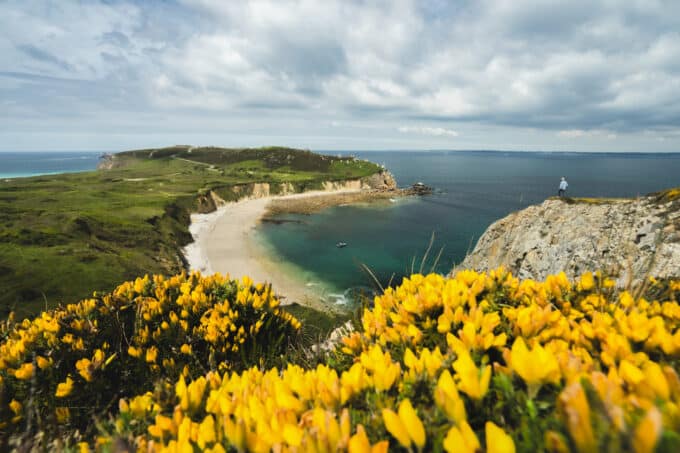
Moors, typical of Brittany's landscapes
At Cap de la Chèvre, on the tip of Dinan, Tavelle or Bellec, at your feet, stretches vegetation in shades of yellow, pink and mauve. This is moorland, a landscape often found in Brittany but protected at European level. The heath, made up of gorse and heather, brings color all year round. And in February, when the European gorse blooms, a delicious vanilla fragrance is released.
The heather
While there are some 800 species of heather, the ones you'll come across on the Crozon peninsula are callunes, ash heather and ciliated heather. The latter is easily recognized by the cilia on its flowers, hence its name!
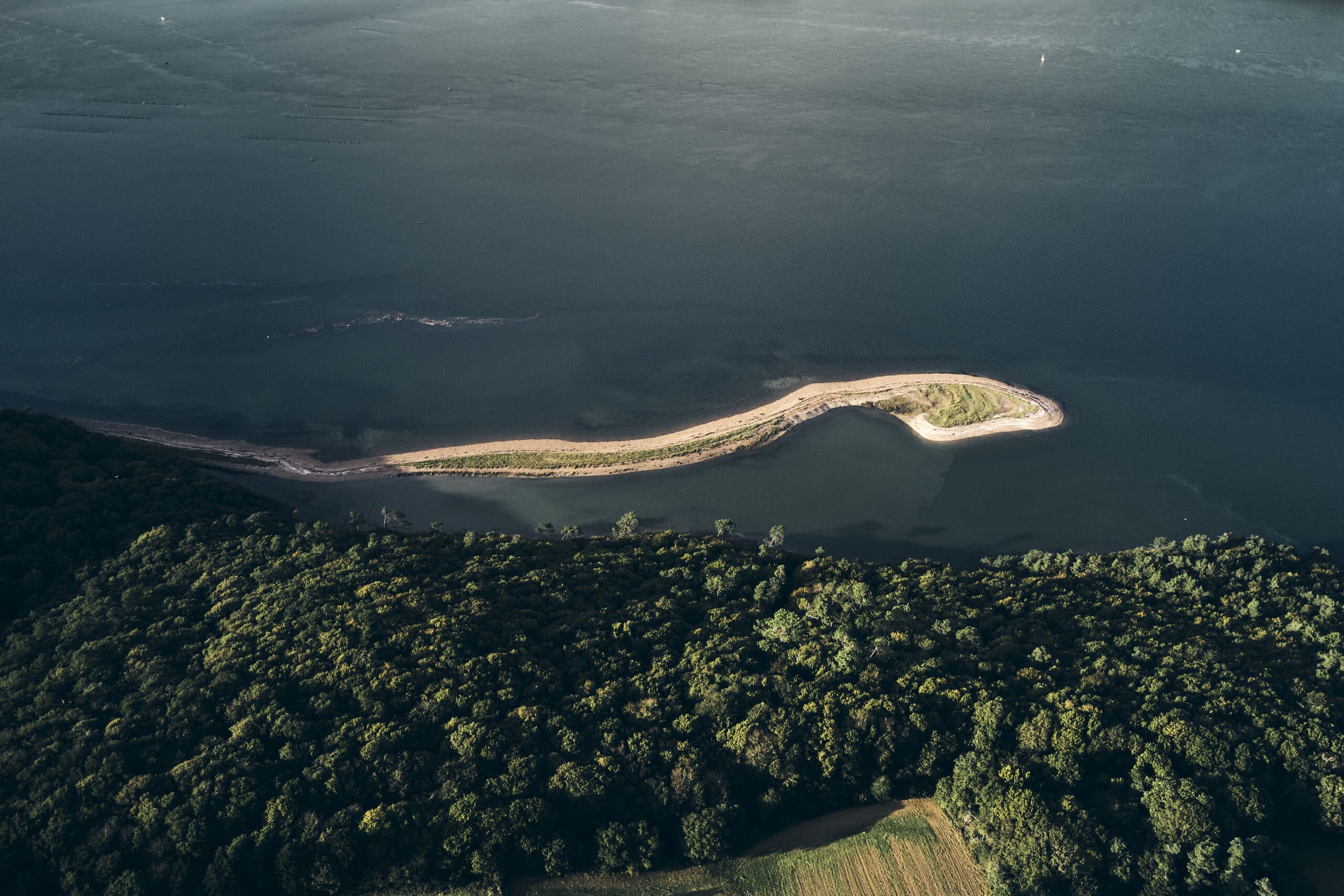
Mudflats, estuaries and salt meadows
It's the sea that has forged these sometimes astonishing landscapes, such as the Sillon des Anglais, a geological spit of pebbles jutting out into the Brest harbor. These tidal waters are home to numerous plant and animal species. In particular, you'll see limicolous birds, the small wading birds that feed in these muddy environments.
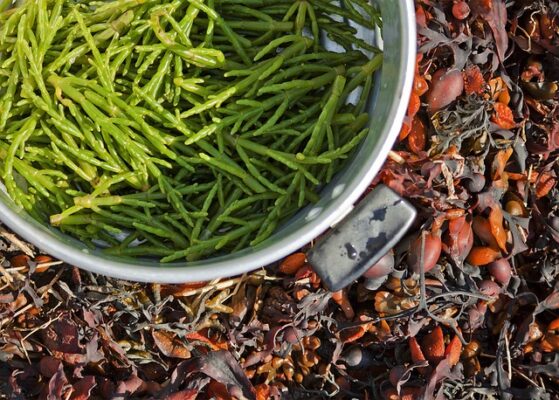
Edible seaweed
Also known as "sea beans", they are edible and an important source of vitamins A and C and minerals.
Ponds, rivers and marshes
A number of marshes, ponds and rivers also shape the landscape of the Crozon peninsula and Aulne maritime: the Kerloc'h and Fret ponds, the Aber, Rosconnec and Douffine marshes, and of course the Aulne river. The water here is fresh, but can be brackish by the sea. These protected environments play an essential role: they act as a buffer to limit the risk of flooding, and as a filter for the water. They are populated by a rich aquatic vegetation, notably reeds. In terms of wildlife, you'll come across grey heron, little egret, marsh harrier and the charming European otter.
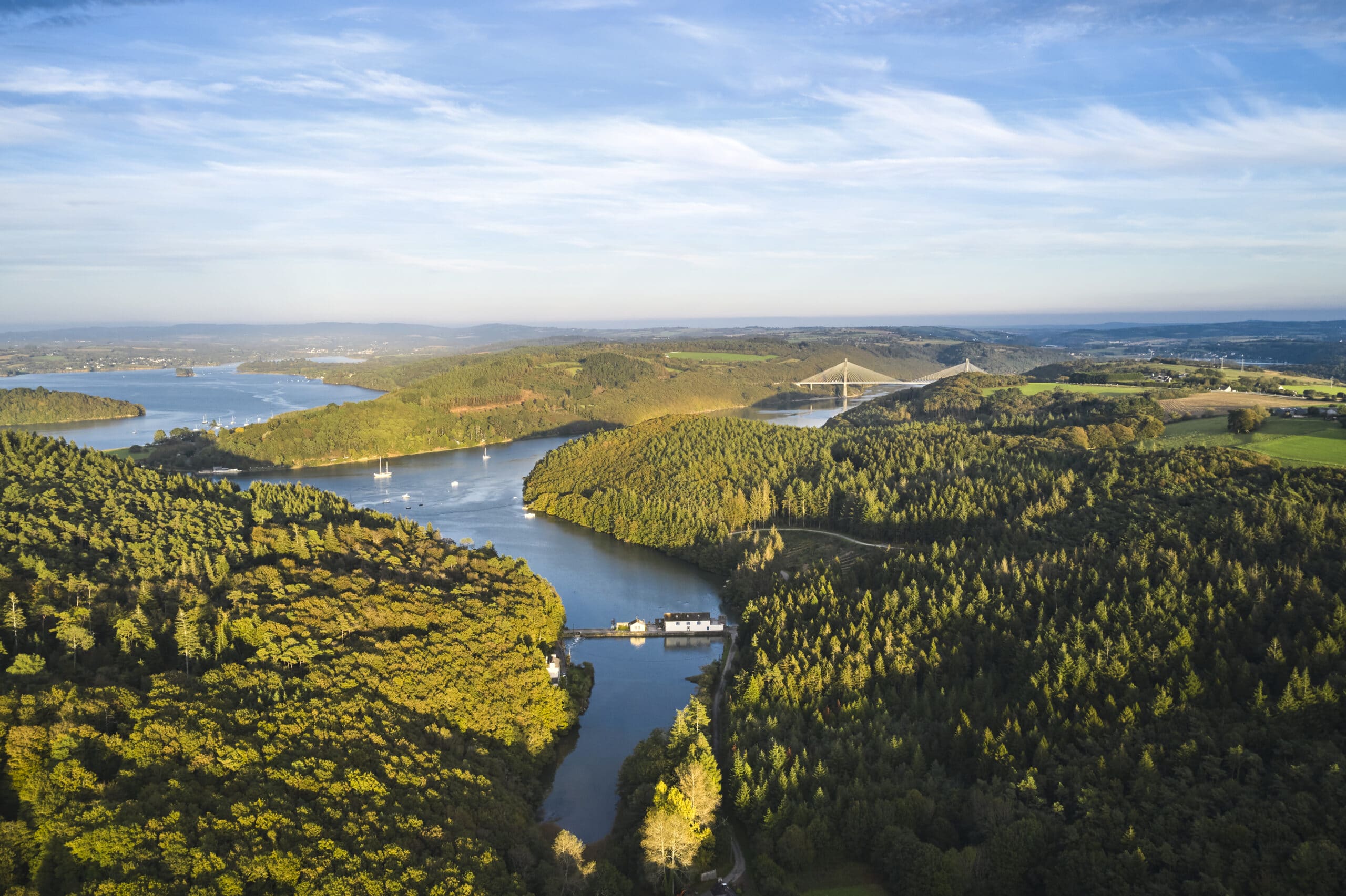
There are two peat bogs on the peninsula: in Crozon and Argol. Composed of slowly decomposing dead vegetation, they are natural filters where water is purified and depolluted.
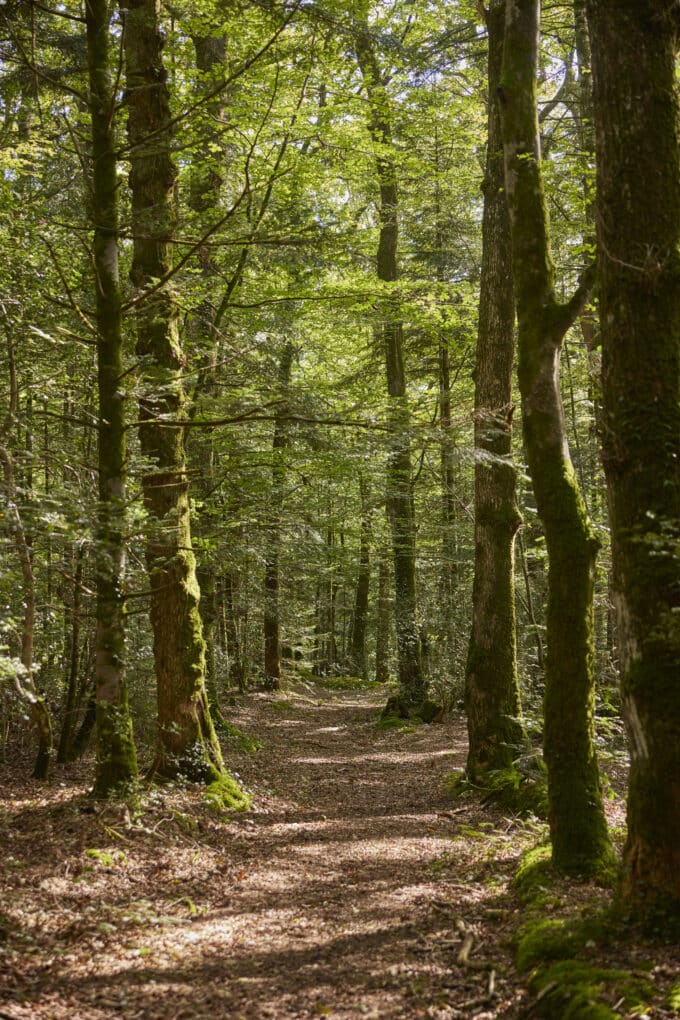
Woods and forests
The 3 forests of the Crozon peninsula invite you to take a stroll, relax and enjoy nature activities. The Landévennec forest is undoubtedly the most unusual: it runs along part of the Brest roadstead, offering unique views of the sea. Part of this forest has been classified as an Integral Biological Reserve: it serves as an observation area for the evolution of the environment, without human intervention.
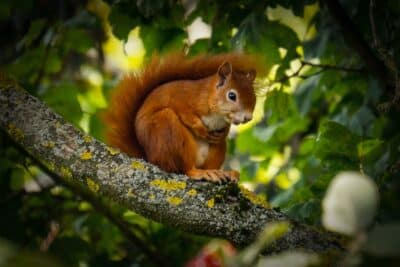
Fauna
2 friendly animals you'll come across: overhead, the red squirrel, and at your feet, the Quimper snail, a protected species found only in western Brittany and Galicia!
Best practices in protected natural areas
- Don't light fires or barbecues and don't throw away cigarette butts
- Take your garbage with you
- Keep your dog on a leash
- Stay on the marked trails
- Instead of picking or gathering, immortalize your finds in photos
- If you feel the urge, wait until you reach the nearest toilet
- Beware of walking sticks: avoid them on coastal paths and dunes
Do not cycle on coastal paths.
